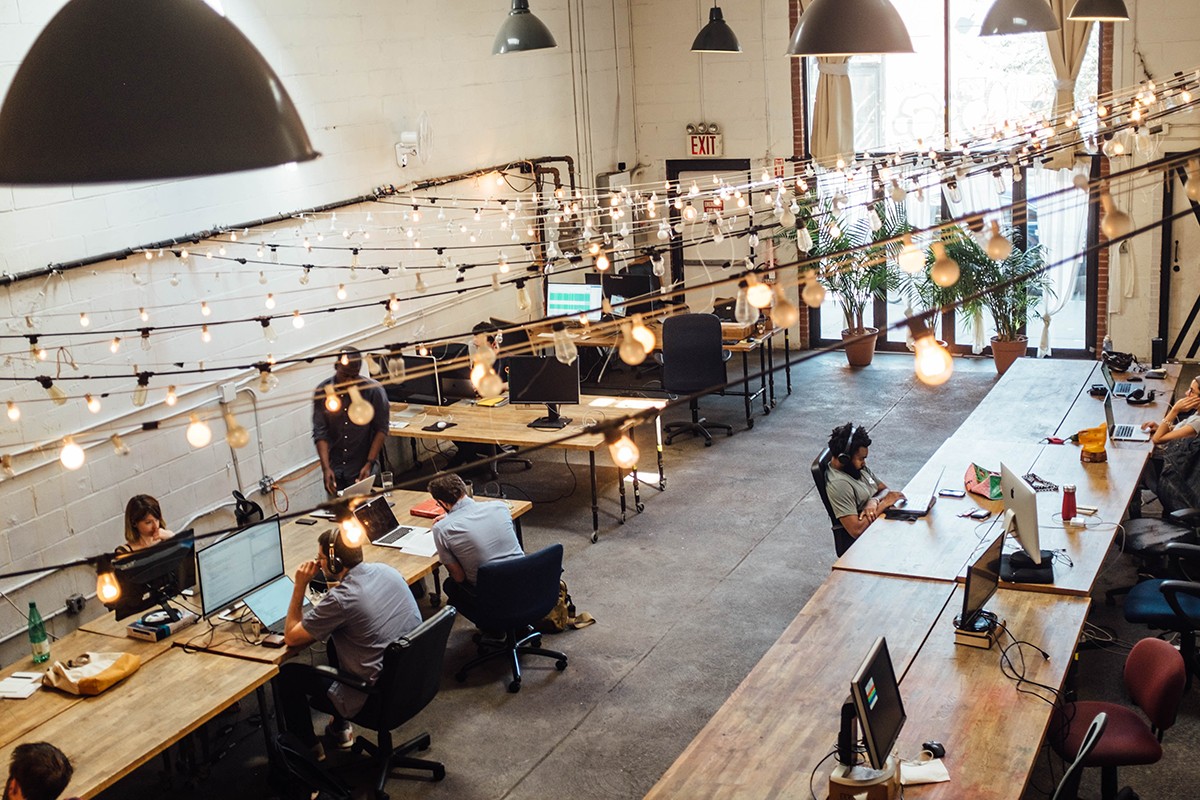

The days of open office plans and hot desking may soon be coming to an end. Employers are beginning to realize the need for seated privacy and personal space, as employees push back against the trends of yesterday. This blog post will explore why open office plans are no longer working, while seated privacy is on the rise.

Cubicles were once a universal symbol of the drudgery of the 9 to 5 office grind, and many workers cheered when open office plans became the norm. By removing walls and barriers, employees could collaborate and communicate more freely, resulting in increased productivity and innovation. This concept was very appealing to businesses that wanted to create a more dynamic and open workplace environment. And employees loved the new freedom! At first.
As the trend towards open office plans grew, so did their shortcomings. Employees began to feel distracted and overwhelmed by the constant noise and visual stimulation of the open space. There was a lack of privacy and personal space, making it difficult for employees to concentrate and be productive. Employees quickly turned against trends like hot desking, where no seat is assigned, and workers select from unoccupied workstations.

Enter Seated Privacy, and a return to the segmented office designs of the past, full of cubicles and barriers creating discreet workspaces and purpose-built areas. After a few years working shoulder to shoulder at galley style long desks, many office workers said that they prefer to have some form of separation between them and their colleagues.
Cubicles and barriers are being implemented to create a more conducive work environment. They provide a sense of privacy and reduce distractions, making it easier for employees to focus on their work. By eliminating noise pollution and other nagging distractions, barriers boost employee productivity to heights unseen in open offices.

As humans, we all have a need for personal space. It’s not just a matter of comfort, but it also plays an essential role in our mental and emotional well-being. When it comes to the workplace, having personal space is crucial to employee productivity and morale.
A lack of personal space can make employees feel exposed and vulnerable, which can cause stress and anxiety. Employees who feel stressed and anxious are less productive, more prone to mistakes, and more likely to burn out.
Personal space also allows employees to have a sense of control over their environment. When employees have control over their workspace, they’re more likely to feel invested in their work and take pride in what they do.
In addition to promoting employee well-being and productivity, personal space also helps to create a sense of professionalism. Employees who have their own workspace are more likely to feel valued and respected by their employers and are more likely to take pride in their work. This quickly leads to increased job satisfaction, loyalty and employee retention.
Ultimately, providing employees with personal space is not only good for the employee but also good for the business. It leads to a happier and more productive workforce, which can only lead to positive outcomes for everyone involved.
When considering your transition to personal workspaces and employee privacy, be sure to provide for the needs of your particular office, while allowing for employee flexibility and control.

Open office plans were supposed to encourage collaboration and communication among employees, but that didn’t happen as planned. Employees require a balance of privacy and interaction to thrive, and that can be achieved through well-designed collaboration spaces.
Business owners should invest in team meeting rooms, breakout spaces, and virtual communication tools to foster employee interaction, promote engagement, and build team morale.

However you feel about it, the hybrid workplace is here to stay. Many employees have grown accustomed to the flexibility of remote work and may be hesitant to return to a rigid office routine, while many businesses have scaled down their office space to accommodate fewer in-person workers.
Business owners can attract (and retain!) top employees by offering flexible work arrangements, such as hybrid work models that allow employees to work remotely some days of the week and come to the office on other days. This approach offers employees a sense of control over their work schedule and a balance between work and personal life.
